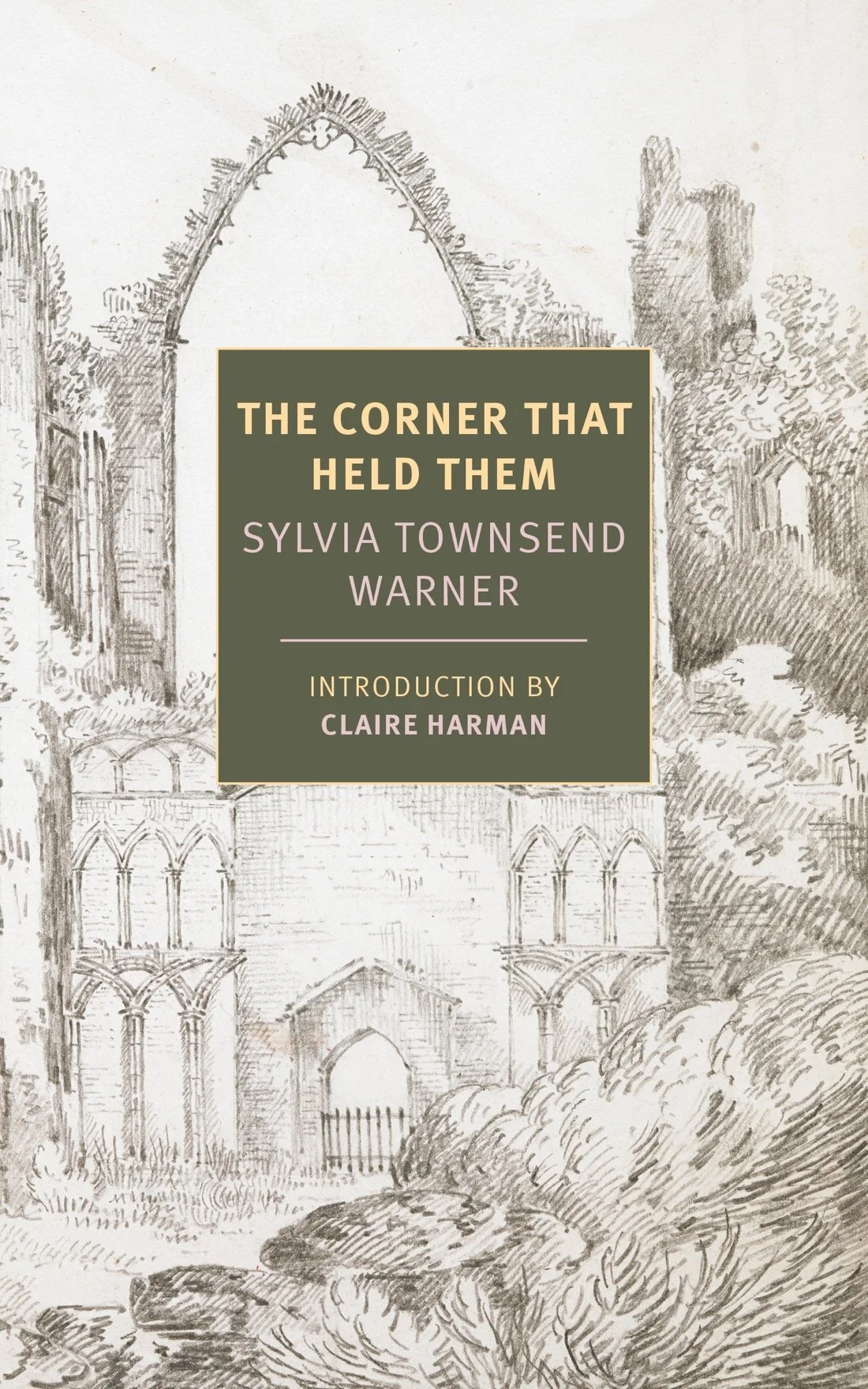Revived Writers
Fairly often a well-deserving writer is rediscovered by readers, publishers, or reviewers/critics. The neglected books are brought back into print, retrospective appreciations are written (Dawn Powell) or a sudden rush of affection overwhelms the writer late in life (Barbara Pym). Sometimes the writer’s works are whacked with the magic wand of Hollywood, and the writer becomes much more famous and widely read than in his or her mortality (Philip K. Dick).
Recently I was struck by the handsome editions that a British publisher, Hodder Books, brought out for Pamela Hansford Johnson’s novels. Johnson (1912-1981, CBE, FRSL) was a prolific and multi-talented writer who was the guest of many universities in the US and celebrated in her day. Her second husband, C.P. Snow, had an even higher profile as a writer bridging the sciences and the humanities and wrote successfully and abundantly, including an epic 11-volume series, Strangers and Brothers. Johnson is now back in print. Snow is out of print entirely in the US. Publishers — and booksellers — are mysterious in their giving and taking away. It pays to stay alert to what is revived.
On this page, beginning in the pandemic days of Spring 2020, we will hunt around for revived fiction and its writers. We begin with Johnson. I look forward to listing other authors I carry: Nancy Mitford, Georgette Heyer, Eugenia Price, Sylvia Townsend Warner, and others. (Why are all the names I am thinking of women writers? No idea.)
Enjoy! Experiment! And come back to check on new listings.
The Corner That Held Them
The Corner That Held Them
Sylvia Townsend Warner’s The Corner That Held Them is a historical novel like no other, one that immerses the reader in the dailiness of history, rather than history as the given sequence of events that, in time, it comes to seem. Time ebbs and flows and characters come and go in this novel, set in the era of the Black Death, about a Benedictine convent of no great note. The nuns do their chores, and seek to maintain and improve the fabric of their house and chapel, and struggle with each other and with themselves. The book that emerges is a picture of a world run by women but also a story—stirring, disturbing, witty, utterly entrancing—of a community. What is the life of a community and how does it support, or constrain, a real humanity? How do we live through it and it through us? These are among the deep questions that lie behind this rare triumph of the novelist’s art.

